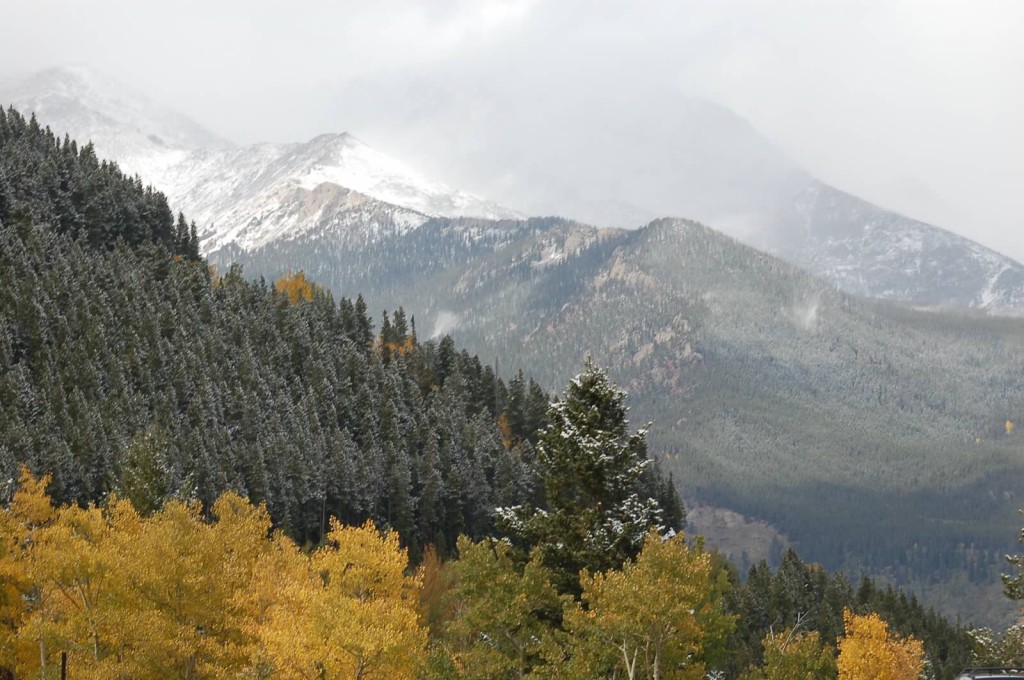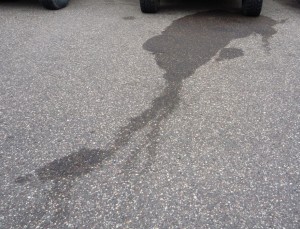As of publishing, there is a threat of a government shutdown beginning on Oct 1, 2015. Some have put the odds at 75%. The impacts of a shutdown will be widely felt as progress, facilities, and operations across nearly all fields will impacted. This will provide you an overview of the environmental impacts of a government shutdown. This is not inclusive, but should give you a good indication of the overall impact.
I work as an environmental professional and have worked with several government agencies, including during the 2013 shutdown. One of my areas is improving the environmental conditions of work places. If there is a shutdown, that means a couple things for these facilities. 1) Environmental issues won’t be identified and therefore won’t be corrected. 2) Because of delays, the environmental concerns will not be corrected, subjecting that facility to environmental issues that could be harmful and/or lead to compliance violations.
Shutting down the Environmental Protection Agency (EPA) is the most high profile environmental area in the federal government. Here are some impacts and work that would be put on hold if EPA employees are furloughed.
- Monitoring and regulating programs such as clean air, clean water, and hazardous waste will have limited or no oversight.
- The EPA certifies new vehicle emissions standards. That 2017 Model T you’ve had your eye on might be delayed. Of course, Volkswagen would be more than happy for the EPA’s emission standards group to take a break.
- No field inspections will be conducted. Industrial facilities, refineries, stormwater violators, waste disposal sites, etc. will all be working without federal government environmental oversight. That might sound nice. But when a company dumps 10,000 gallons of 4-methylcyclohexanemethanol into your drinking water source, you’d want someone to do something about it.
- EPA projects cleaning up hazardous contaminated sites will take a break. No problem, as long as it’s NIMBY, right? You might be surprised by how much contamination you are surrounded. Ask the people in mining towns in Colorado about the EPA not cleaning up hazardous mine water.
- Delaying reviews and legal actions. Nearly all large-scale construction projects, transportation upgrades, energy investments, or city planning projects require an environmental review. If the EPA shuts down, this delays your project.
There are impacts going beyond the EPA. Here are some other areas that will be impacted by a government shutdown.
- Inspections by Occupational Safety and Health Administration (OSHA) and the Department of Transportation (DOT). Trucks hauling hazardous materials down the road that are not subject to DOT oversight, what could possibly go wrong?
- National parks, the Smithsonian and other federal parks could be closed and off limits. These parks provide an education and inspirational place for people to appreciate the natural world.
- The CDC will not be operating at 100%. This is an overall health area, not only environmental. Although the two are interconnected. One example is that the CDC won’t be at 100% to oversee and monitor the flu season.
- NSF, NASA, NIST, NOAA, DOE, USGS, and NREL will have some level of reduced work. This delays research, permits, and grants for countless projects. This includes natural disasters, health care research, energy research, and natural resources areas such as fishing, hunting and boating programs.
- The Nuclear Regulatory Commission (NRC), which oversees the operation of our nuclear reactors, will be reduced. Um, do we really want nuclear reactors going without any regulatory oversight? Even if you don’t live near a nuclear reactor, you might be surprised to find out how much of your energy comes from nuclear power.
I hope this gives you a good overview of what the environmental field is in for if our federal government shuts down on Oct 1, 2015.
How will your work be impacted by a government shutdown? What impacts did you see during the 2013 shutdown?




